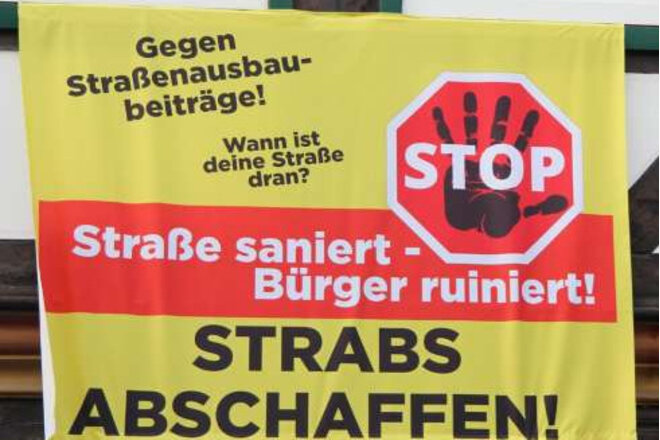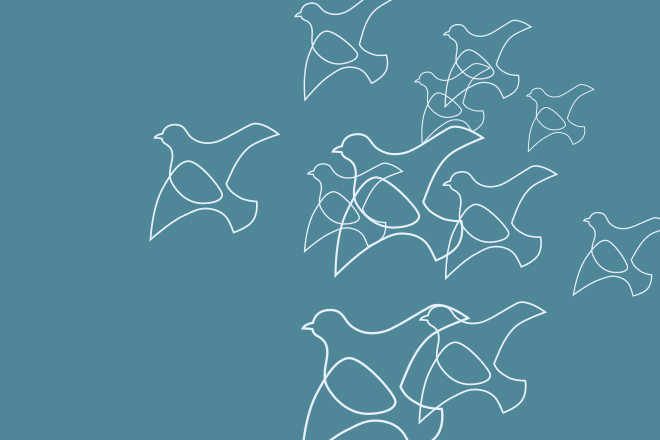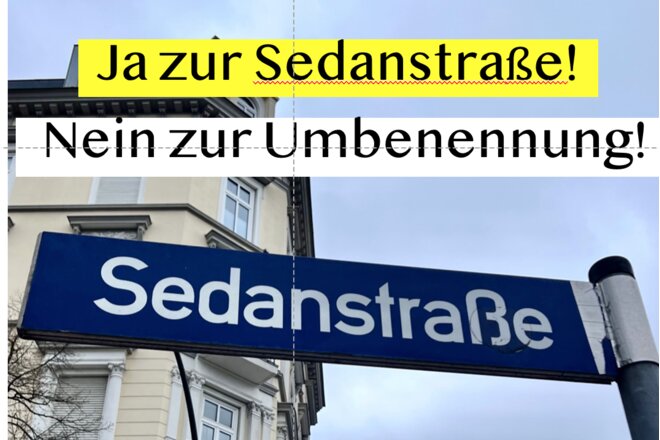2021-04-07 11:26
I corrected some spelling mistakes and grammer
Neue Begründung:
Was ist nun das Problem in München?
In anderen Großstädten (Berlin, Hamburg) funktioniert die gelbe Tonnen bzw. der gelbe Sack gut. Pro Kopf werden in anderen Städten etwa 30 Kilogramm an Verpackungsmüll gesammelt, in München sind es gerade mal 5 (!) Kilogramm. Unserer Meinung nach sollte die Barriere zur Mülltrennung für Münchner:innen verringert werden, indem eine einfache und schnelle Mülltrennung direkt zu Hause ermöglicht wird. Eine Möglichkeit ist es, einen Teil der Restmülltonnen in Wohnhäusern durch gelbe Tonnen zu ersetzen. Die aktuelle Lösung mit Wertstoffinseln ist nicht effektiv genug - denn: in den Containern wird viel weniger Verpackungsmüll gesammelt. Der Grund liegt auf der Hand - mehrere hundert Meter zu einer Wertstoffinsel bedeutet Zeit, die viele nicht haben oder aufwenden wollen. Gerade für ältere Menschen ist dieser Weg mehrmals pro Woche schlichtweg nicht möglich.
Warum ist Recycling so wichtig und welches Potential steckt im gelben Sack für München?
Etwa 40% des Verpackungsmüll können stofflich verwertet werden. Etwas mehr als 50% wird verbrannt und in Zementwerken als Brennstoff genutzt. Die restlichen 7% landen direkt in der Müllverbrennungsanlage. Zum Vergleich: 100% unseres Restmülls landen direkt in der Müllverbrennungsanlage.
Bei der Wiederverwertung von Kunststoffen reduzieren sich die CO₂-Emissionen massiv. Mit jedem Kilogramm recyceltem Kunststoff können etwa 2,3 Kilogramm CO₂ gegenüber der Verbrennung eingespart werden.
Rechnet man das auf das Potential von München aus, wären das etwa 32.000 Tonnen CO2 Einsparung pro Jahr. Nicht nur die die CO2 Einsparung ist ein positiver Effekt des Recycling:Effekt: das recyceltesrecycelte Material kann, wenn auch für minderwertige Stoffe, wiederverwendet werden.
**** ENGLISH *****
We want yellow bags/bins for all households in Munich. Waste separation and recycling must be made easily accessible! We demand that the Munich City Council changes the 2017 adopted bring system to recycling islands to a collection system of yellow bags/bins.
Who is actually responsible for our packaging waste?
Since 1991, it is no longer the municipalities but the producers of plastic waste who are responsible for its disposal. However, the municipalities can influence the respective collection system on site: Recyclables islands, yellow sack, yellow garbage can or direct delivery to the recycling centers.
Packaging disposal is part of the "dual system" - a cooperation between industry and public disposal companies (e.g. the green dot). Manufacturers of packaging purchase a license to print this logo on their packaging. They pass this license fee on to the buyers. The dual system uses the revenue from the license fees to finance the take-back and disposal of the packaging. As of 2019, nine companies are active as dual system providers. In Munich, these are the companies Remondis and Wittman.
So what is the problem in Munich?
In other large cities (Berlin, Hamburg), the yellow garbage cans or the yellow sack works well. Per capita in other cities about 30 kilograms of packaging waste are collected, in Munich it is just 5 (!) kilograms. In our opinion, the barrier to waste separation for Munich residents should be reduced by enabling simple and quick waste separation directly at home. One possibility is to replace residualsome of the general waste garbage cans in residential buildings with yellow garbage cans. The current solution with recycling islands is not effective enough - because: much less packaging waste is collected in the containers. The reason is obvious - several hundred meters to a recycling island means time that many do not have or want to spend. Especially for older people this way several times a week is simply not possible.
Why is recycling so important and what is the potential of the yellow bag for Munich?
About 40% of packaging waste can be recycled. Just over 50% is incinerated and used as fuel in cement plants. The remaining 7% ends up directly in the waste incineration plant. By comparison, 100% of our residual waste ends up directly in the waste incineration plant.
When plastics are recycled, CO₂ emissions are massively reduced. Every kilogram of recycled plastic can save around 2.3 kilograms of CO₂ compared to incineration.
If you extrapolate that to the potential of Munich, that would be about 32,000 tons of CO2 saved per year. The CO2 savings are not the only positive effect of recycling:effect: the recycled material can be reused, albeit for lower-quality substances.
Quellen/Sources:
www.awm-muenchen.de/index.html
www.sueddeutsche.de/muenchen/muenchen-wertstoffinseln-plastik-recycling-1.5098227
www.sueddeutsche.de/wirtschaft/recycling-ein-gelber-sack-den-niemand-versteht-1.3480098
www.dw.com/de/m%C3%BCllverbrennung-in-deutschland-entsorgung-mit-risiken/a-50759483
www.recyclingmagazin.de/2017/07/27/kunststoffrecycling-leistet-beitrag-zur-co2-reduzierung/
Unterschriften zum Zeitpunkt der Änderung: 378 (337 in München)


